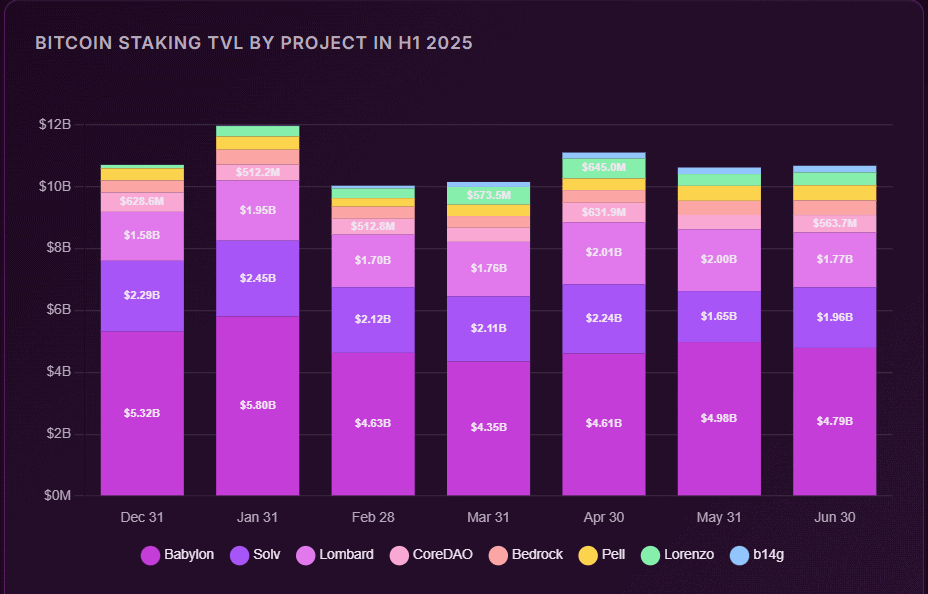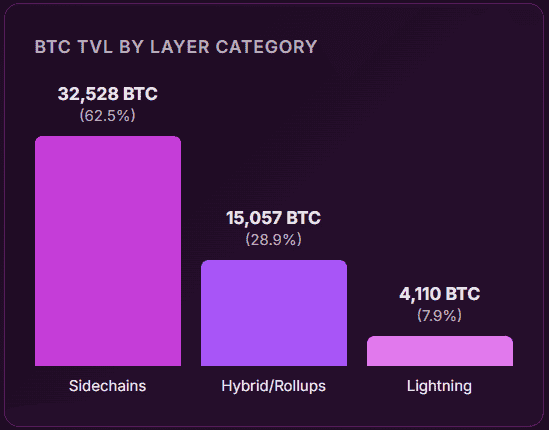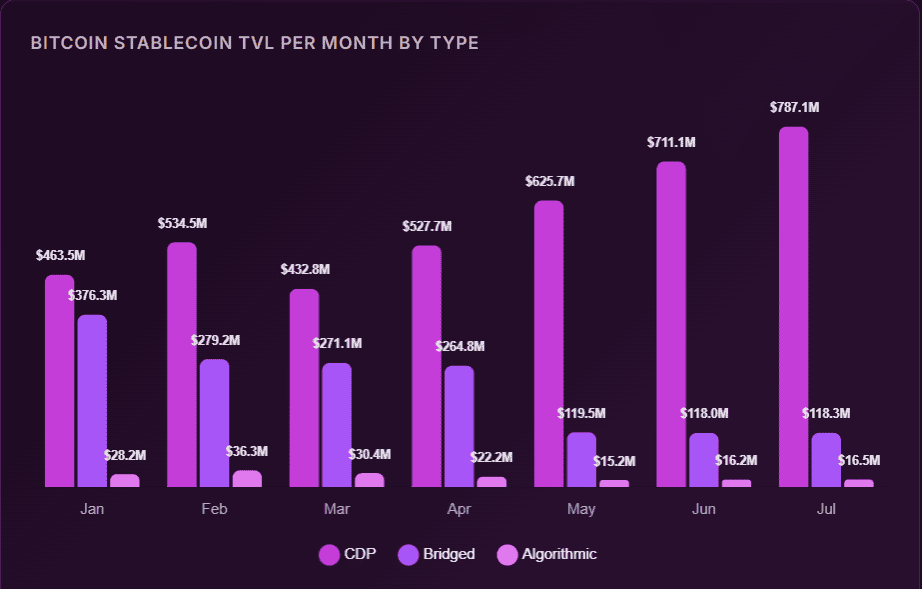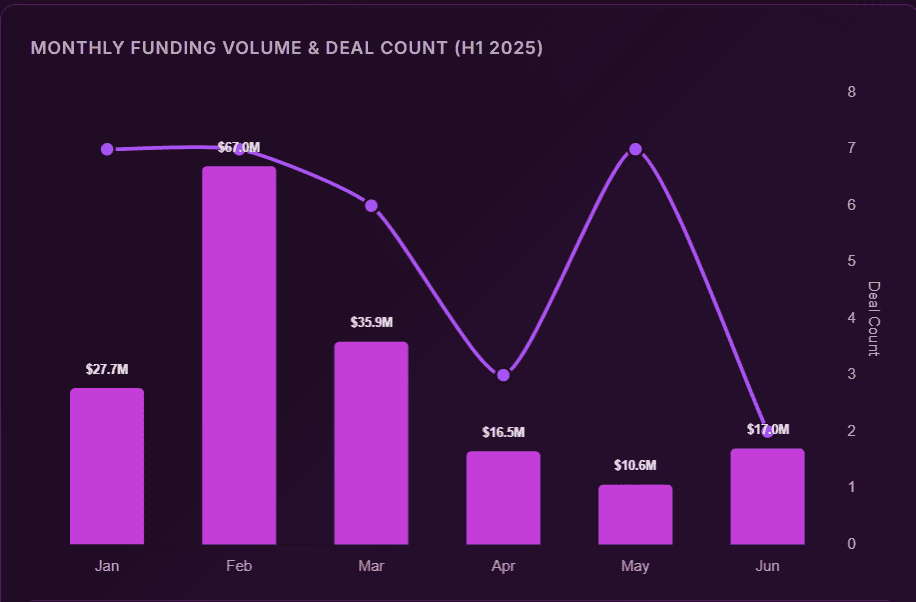BitcoinFi in Q2 2025: The Bull Case for DeFi on Bitcoin
BitcoinFi isn't just surviving—it's thriving. The second quarter of 2025 saw the ecosystem shrug off its "BTC maxi" reputation and finally deliver on the promise of decentralized finance built atop the world's oldest blockchain.
Yield protocols, lending markets, and even a nascent derivatives sector are now humming—proving Bitcoin can do more than just hodl. And while Ethereum still dominates TVL, BitcoinFi's growth rate is outpacing every other chain combined. TradFi banks? They're still trying to figure out how to custody Ordinals.
The real story? Bitcoin's script language upgrades have unlocked smart contract functionality without compromising security. Suddenly, every institutional FSA mandate includes a BitcoinFi allocation. The irony? Wall Street's latest 'innovation' is just repackaged Bitcoin L2s—but with 100x the fees.
Q2's lesson? The orange coin doesn't just store value anymore. It prints it.
Staking And Lending
With over 68,500 bitcoin in TVL ($7.39 billion), staking has become the most widely used application in BitcoinFi. Re-staking has also been steadily on the rise, with $3.32 billion BTC being re-staked, meaning the niche now secures over $10 billion through yield-bearing protocols.
Babylon currently leads in scale ($4.79B), but Solv, Lombard, and CoreDAO are advancing the frontier of liquid staking tokens (LSTs), restaking strategies, and dual-token security models. Bitcoin-native lending is being spearheaded by Liquidium, with over $500M in volume.

Another FORM of staking gaining traction is dual staking, introduced by CoreDAO, with over $615M of BTC staked. The incentives include block rewards from their native CORE tokens and a share of transaction fees, which are distributed to stakers and validators.
A few challenges remain, as many staking returns do not align with treasury rates, with yield and liquidity being dispersed across different chains and protocols. It is to be seen whether the durability of BTC-secured networks can continue to deliver sustainable rewards.
Programmability Layers
Bitcoin scaling and LAYER 2 (L2) layers have $5.52 billion (52,000 coins) in total value locked (TVL), hinting at developer and user demand driven by native smart contracts, yield, and asset allocation, whilst keeping self-custody, and having settlement guarantees.
The Stacks layer is leading in growth, more than doubling its TVL for Q2 and adding roughly 2000 BTC. Sidechains still hold most of the asset in BitcoinFi, but the architecture is diversifying, with rollups and execution layers looking promising.

Bitcoin’s legacy constraint is slowly peeling away, as the base layer was never meant for programmability. While ethereum has over $116 billion in DeFi TVL, BTC-aligned infrastructure remains lagging at just over $5.5B in TVL across scaling layers. However, new sidechains, rollups, and various environments continue to emerge, pushing the largest asset per market cap beyond its passive store-of-value role.
Metaprotocols
Runes, Ordinals, and BRC-20 tokens accounted for 40.6% of all Bitcoin transactions in the first half of 2025, with BRC-20 volume reaching $128 million.
Following a pullback last year, Ordinals experienced a strong recovery, with over 80 million inscriptions by mid-2025, generating 6,940 BTC (~$681M) in fees. Runes are rebounding from a sharp decline in minting and trading volume at the end of 2024.

Stablecoins
With $860 million in TVL (over 42% Quarter-over-Quarter), this asset class has come to prevalence within the Bitcoin ecosystem, thanks to maturing L2s and growing demand for native primitives.
CDP-based (Collateralized Debt Position) stablecoins, such as Avalon’s USDa ($559M), have seen early traction in BitcoinFi. High-yield stablecoins, such as Hermetica’s 25% APY offering, point towards a demand for capital-generating assets.

A few hurdles remain, with fragmented liquidity (the inability to conclude a transaction with one or more participants due to a lack of clearing arrangements) being one of them, as it limits market depth across chains and L2s.
The oracle design remains an issue for CDPs (collateralized debt positions), and composability tradeoffs introduce rigidity between performance and decentralization.
Venture Funding
After a period of declining interest, BitcoinFi funding has surged to $175 million across 32 rounds in the first half of 2025, with the activities focused not only on infrastructure. In the same half of the year, out of the 32 deals, 20 were targeted on DeFi, apps, and custody.
Capital is being shifted towards usability and products, with infrastructure now on the back seat.

The beginning of the year saw leading investment firms, such as Pantera Capital, Founders Fund, and Standard Crypto, among others, validating the niche as a popular frontier in the cryptocurrency universe. These notable deals indicate a potent combination of infrastructure depth and application-layer traction, with investor interest coming from both traditional and crypto-native firms.

